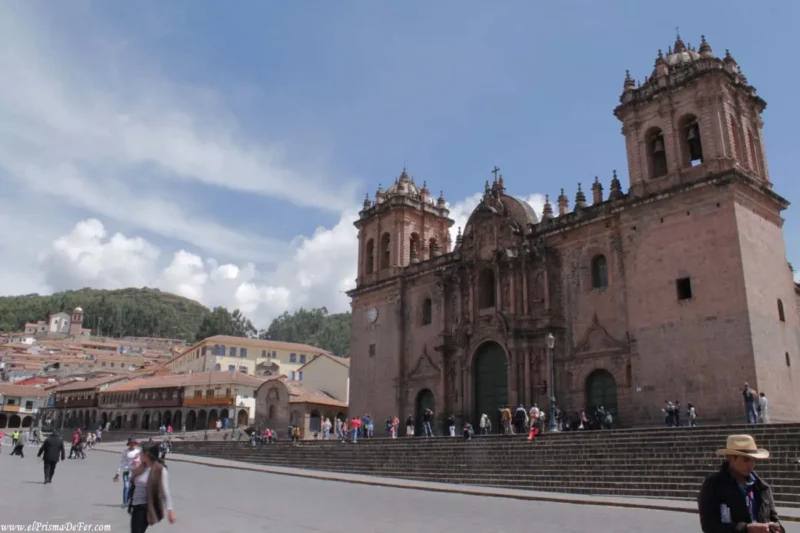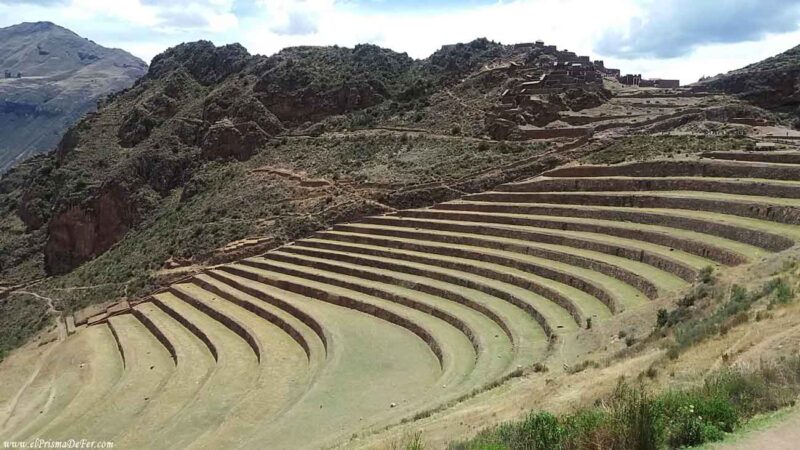Arequipa, known as the “White City”, was one of my stops on the 2 week itinerary traveling through Peru. While it didn't captivate me as much as other cities in the country, it's still an interesting place to visit due to its colonial architecture and peaceful atmosphere, compared to Lima or Cusco.
What really impressed me were the landscapes surrounding the city, with giant volcanoes like Misti, Chachani, and Pichu Pichu framing the horizon.
Beyond the city itself, Arequipa was also my starting point for one of the most intense experiences of the trip: trekking through the Colca Canyon.
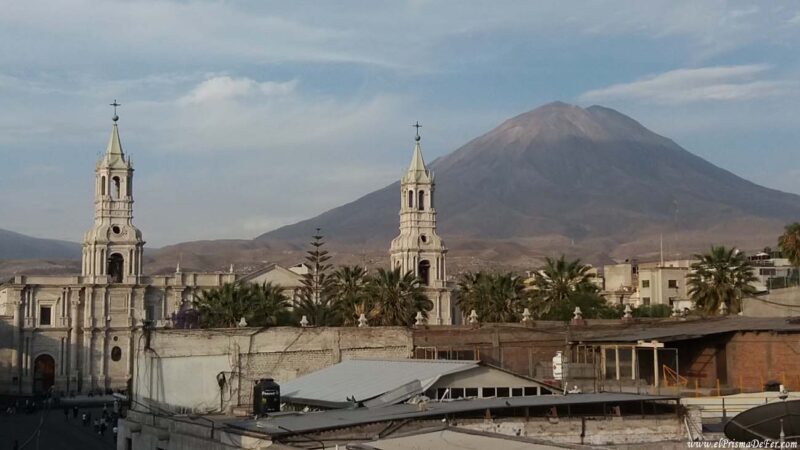

Table of Contents
Where is Arequipa located?
Arequipa is located in southern Peru, about 1,000 kilometers from Lima, the country's capital. It is located in a fertile valley at 2,335 meters above sea level, surrounded by three imposing volcanoes: Misti, Chachani and Pichu Pichu, which give it a spectacular natural setting.
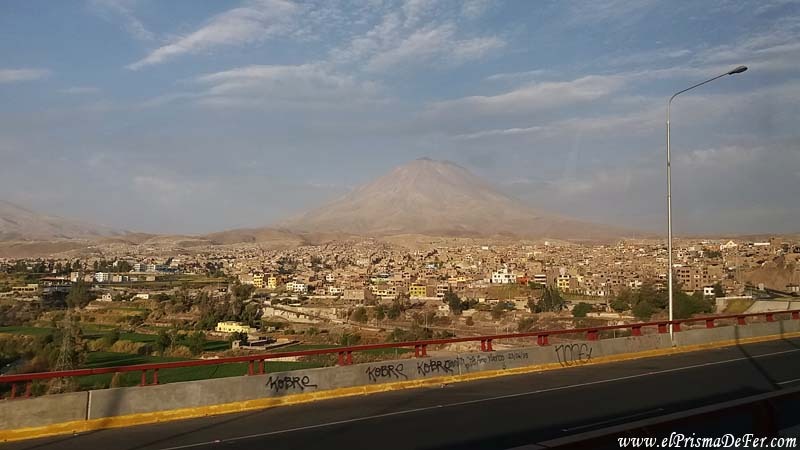
Thanks to its location, Arequipa is also an excellent starting point for exploring other natural wonders of southern Peru, such as the Colca Canyon, one of the deepest in the world, or the routes to the high plateau that connect with Puno and Lake Titicaca.
It also has good road and air connections, making it a popular stop on Peruvian itineraries.
Why is Arequipa called the “White City”?
Arequipa is called the "White City" because of the material used to build most of its colonial buildings: sillar, a white volcanic stone that is abundant in the region.
This material, extracted from nearby quarries, was used during the colonial era to build churches, convents, mansions, and even walls that still give the historic center a very distinctive appearance today.
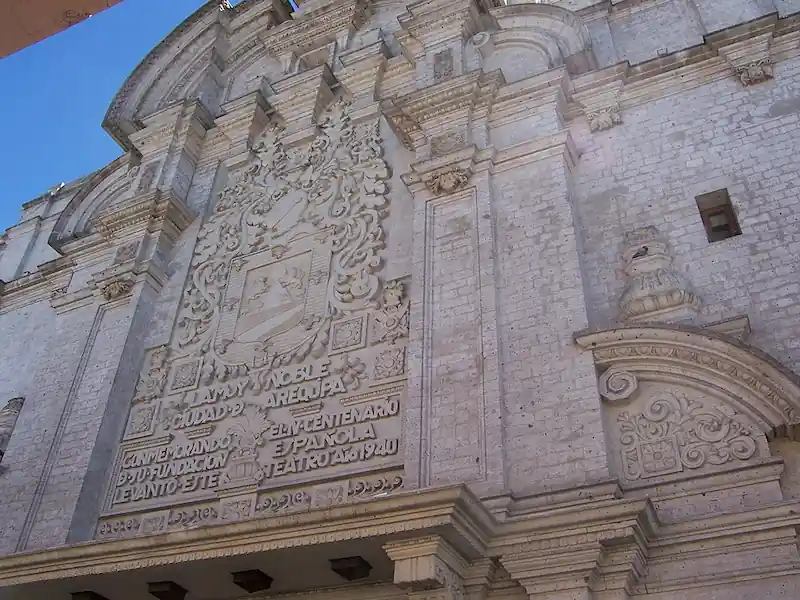
Furthermore, the ashlar not only provided aesthetic appeal but also durability, as it is a lightweight and insulating material, ideal for withstanding the region's climate and the frequent seismic movements that have affected the city over the centuries.
How to get to Arequipa
Getting to Arequipa is relatively easy, as the city is well connected by both air and land.
By plane
The Rodríguez Ballón International Airport receives daily flights from Lima, with an approximate duration of 1 hour and 30 minutes. There are also connections from Cuzco and, less frequently, from other cities such as Juliaca (near Lake Titicaca). This is usually the fastest and most convenient way to get there.
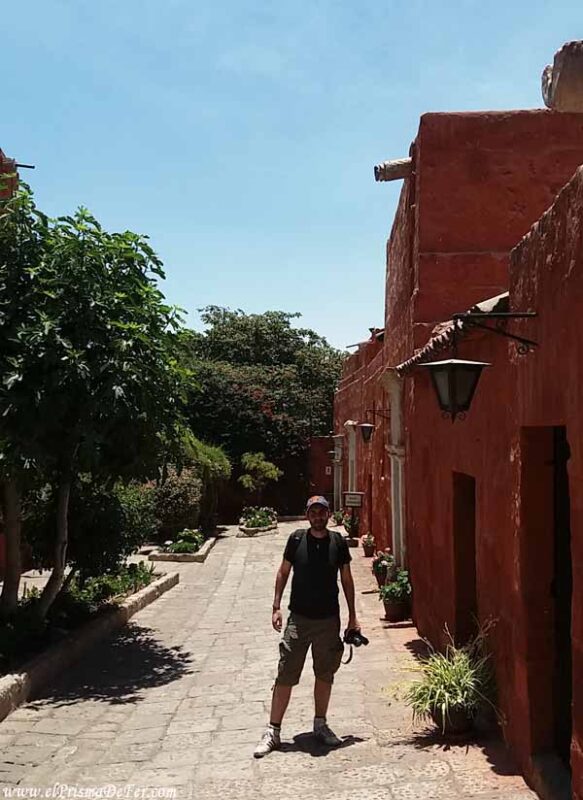
By bus
Ground transportation is another popular option for travelers, although it involves long journeys. Several companies offer long-distance routes, such as CIVA or Cruz del Sur, with comfortable buses, reclining seats, and onboard services.
- From Lima: The bus trip takes between 16 and 18 hours, crossing the coast and part of the desert.
- From Cusco: the journey takes about 10 hours, crossing the mountain range and offering high-altitude landscapes.
- From Puno (Lake Titicaca): the trip is shorter, around 6 hours.

What to do in Arequipa
Tour the Historic Center
The heart of Arequipa is its Plaza de Armas, surrounded by colonial buildings made of sillar, the white volcanic stone that gives it the nickname “White City.”
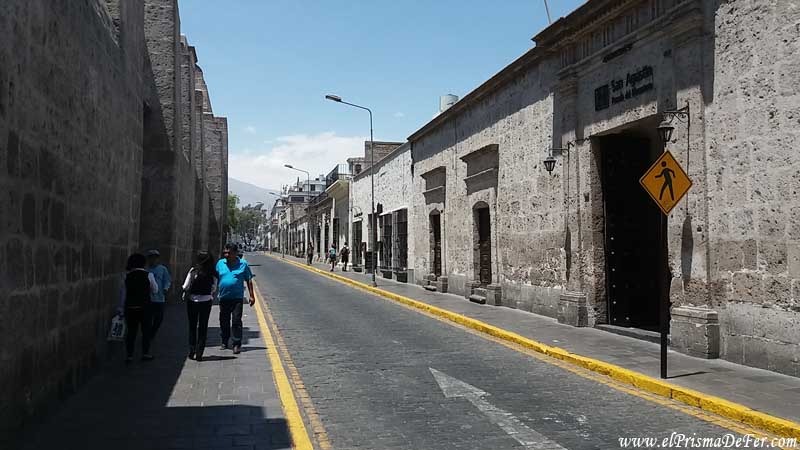
Walking through its streets is like entering a well-preserved colonial atmosphere, with churches, balconies, and courtyards that convey part of the city's history.
The Arequipa Cathedral and the portals surrounding the plaza are a must-see to understand the city's cultural and religious importance.
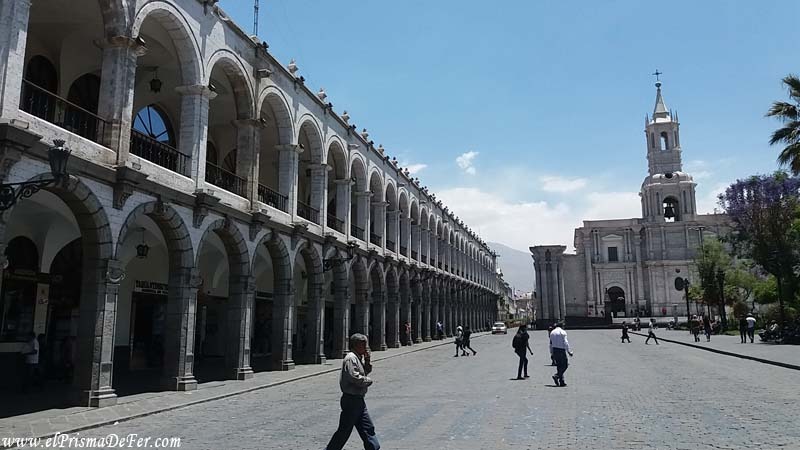
Although the city center can be explored in a day, it is where the main urban attractions are concentrated.

You might be interested in reading about how to get to Machu Picchu economically and with a few hours of trekking
Visit the Monastery of Santa Catalina
The Monastery of Santa Catalina is one of the most striking places in Arequipa. Founded in 1579, it's a small city within a city, with streets, cloisters, and vibrantly colored houses.
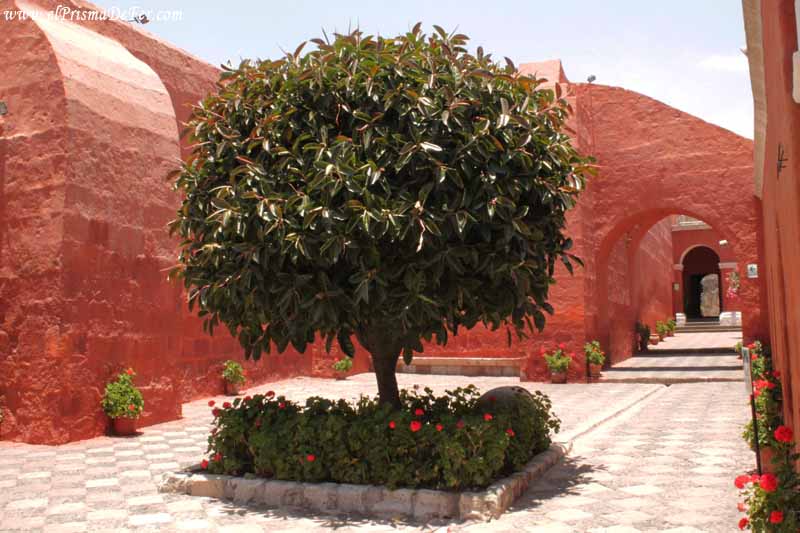
At one time it housed more than 400 nuns and servants, and is still in excellent condition today.
The tour takes several hours, as there is much to explore: cells, kitchens, courtyards, and even the laundry room.
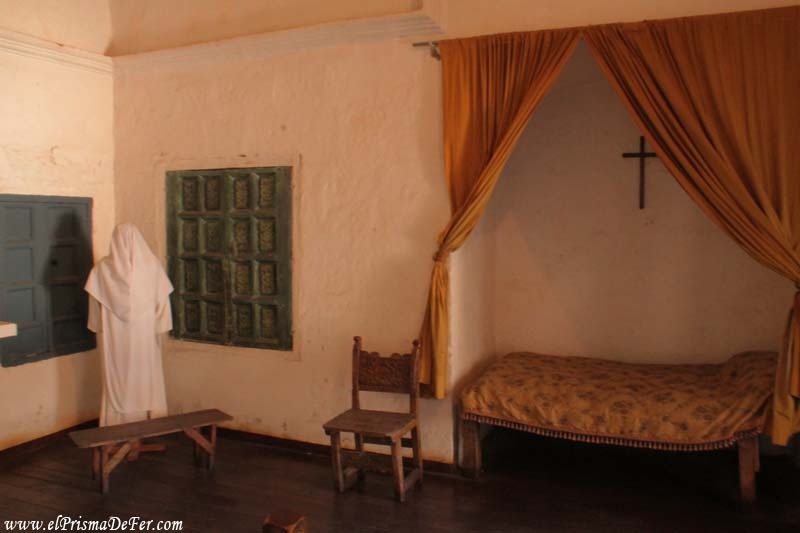
It's one of the most visited sites, and although the entrance fee may be high compared to other attractions in Peru, it's worth the time.
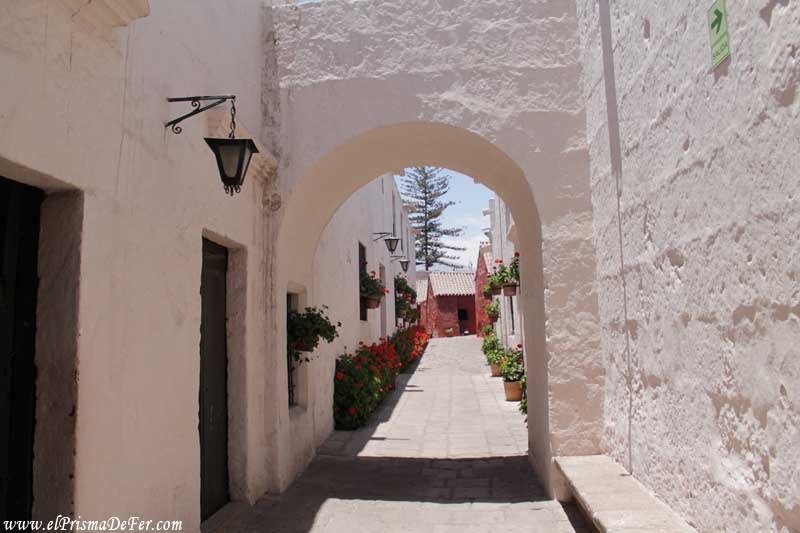
Price and hours to enter the Monastery of Santa Catalina
- The Monastery is open Monday through Sunday from 9 a.m. to 6 p.m., with 5 p.m. as the last entry time.
- The entrance fee in 2025 is S/ 45 soles for adults.
(Prices and schedules may vary slightly over time, so it's a good idea to check the official website before traveling.)
Explore the city's viewpoints and admire the volcanoes
One of the most striking features of Arequipa are the volcanoes that surround the city, with Misti, Chachani, and Pichu Pichu being the most impressive.
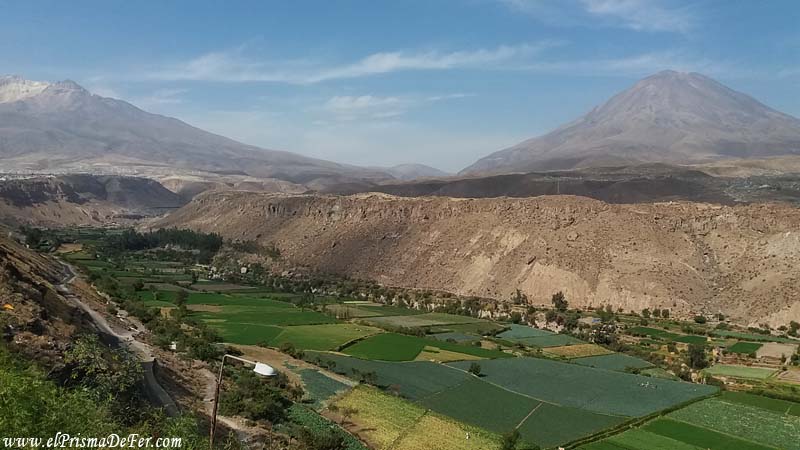
From various corners of the historic center and surrounding areas, you can see them and take spectacular photos of the contrast between the colonial architecture and the snow-capped mountains.
Among the best-known viewpoints are the Mirador de Yanahuara, located in a traditional neighborhood with ashlar arches engraved with famous phrases, and the Mirador de Carmen Alto, from where you can see the agricultural terraces and the Chili River valley.
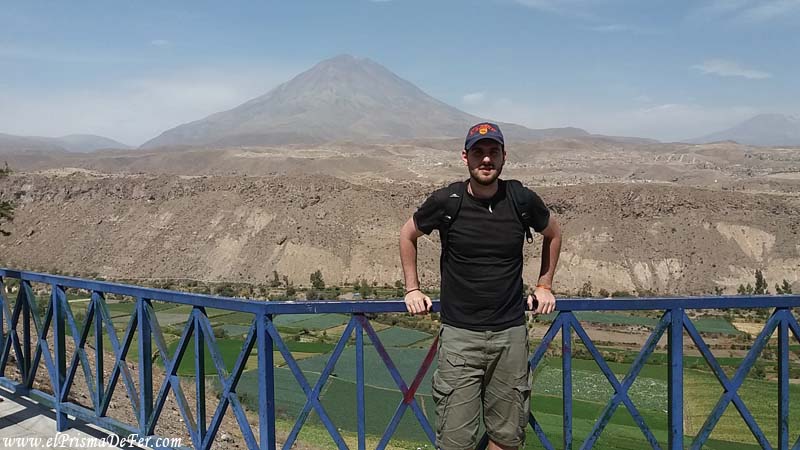
These spots are ideal for getting away from the hustle and bustle of the city center and enjoying the view that best represents the fusion of the city and its surrounding natural environment.
Try Arequipa's gastronomy
Arequipa is known for its rich cuisine, considered one of Peru's most notable. Dishes such as stuffed rocoto, Arequipeño adobo or shrimp chupe are must-try for lovers of local food.
The city has numerous traditional picanterías, such as La Nueva Palomino, family restaurants that serve hearty dishes in a typical atmosphere.
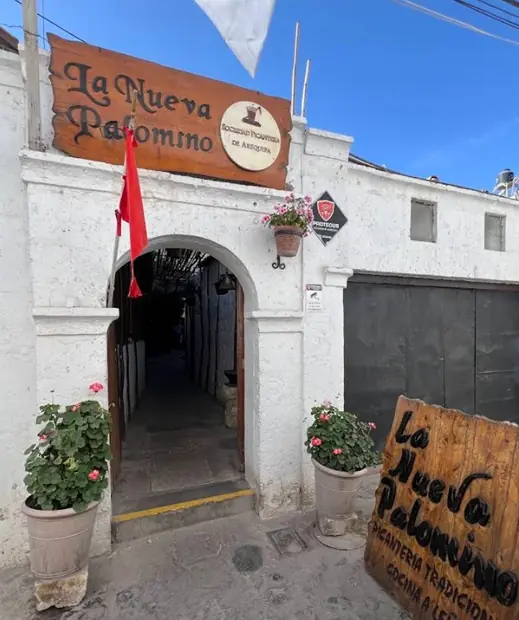
What to do around Arequipa
Colca Canyon
The Colca Canyon is, without a doubt, the star excursion from Arequipa. Considered one of the deepest canyons in the world, it reaches over 3,000 meters deep and offers spectacular scenery.
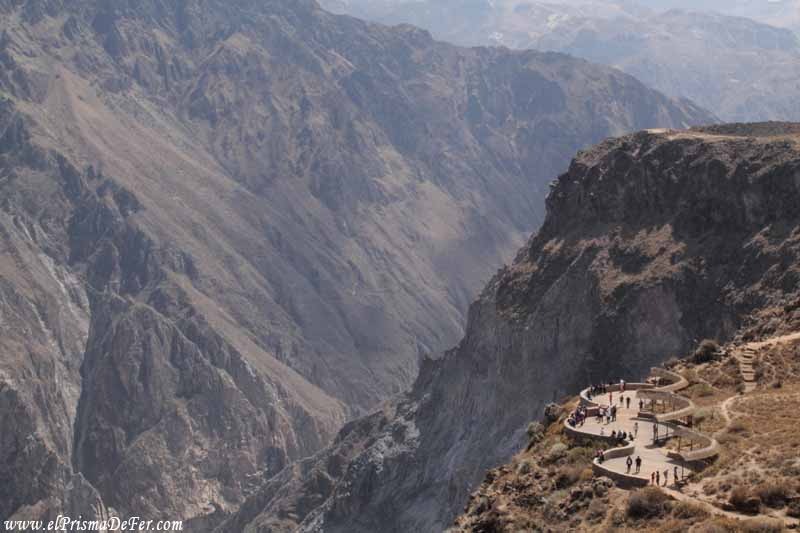
It is also famous for the sighting of Andean condors, which glide majestically over viewpoints such as Cruz del Cóndor.
Many travelers choose to explore it on 2- to 3-day treks, spending the night in the Sangalle oasis.
There are also day trips from Arequipa, although they are quite intense and require a lot of time on the road.
How to get to the Colca Canyon from Arequipa
The Colca Canyon is located about 160 km northeast of Arequipa, and there are several ways to get there depending on the type of experience you are looking for.
- Organized tour: There are 1 or 2 day tours departing from Arequipa that include transportation, a guide, and some scenic stops. This is the most convenient option if you want to avoid logistics, although it limits flexibility.
- By public transport: It is also possible to get there on your own using interprovincial buses that run from Arequipa to Chivay, the main town near the canyon. The trip takes approximately 6 to 7 hours, with routes that cross high plateau landscapes and small Andean villages. From Chivay, you can hire local guides or trek to the viewpoints and the canyon floor.
- By your own car or a rental car: For greater freedom, renting a car is a viable option. The journey takes about 4 to 5 hours, depending on traffic and stops along the way. This allows you to explore viewpoints and villages at your own pace, although it involves driving on winding mountain roads at high altitudes.

Salinas and Aguada Blanca National Reserve
Just a few kilometers from the city is the Salinas and Aguada Blanca National Reserve, a protected area of great biodiversity. Here, you can see vicuñas, alpacas, llamas, and even flamingos in the high-altitude lagoons.

The landscape combines mountains, wetlands, and lagoons, all framed by snow-capped volcanoes. It is a perfect excursion for those seeking a more natural and peaceful experience, away from the urban hustle and bustle.
Sillar Route
Sillar is the white volcanic stone used to build much of Arequipa, and on the Sillar Route you can visit the quarries where it is extracted.
The tour, whether you do it on a half-day tour or independently, allows you to see not only the magnitude of these formations, but also the stone carvings made by the stonemasons over the years.
Activities organized from Arequipa

Security in Arequipa
Arequipa, like many large cities, has safer areas and less desirable ones, especially after dark. While the historic center and tourist areas tend to be quiet during the day, leaving these areas the city seemed less attractive to me, more cluttered and with streets that were not as inviting to walk alone.
In my experience, it's a good idea to avoid being alone at night in neighborhoods far from the city center and take basic precautions: travel in a reliable taxi, keep your belongings safe, and plan your trips in advance.
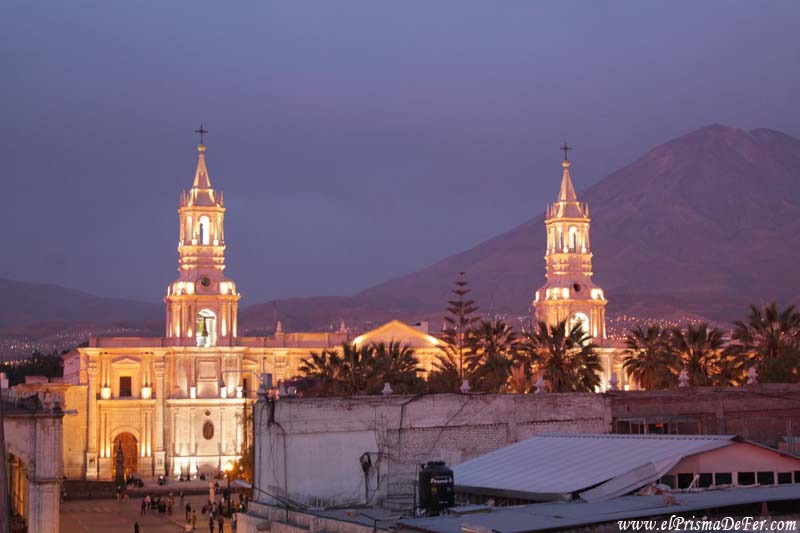
Where to sleep in Arequipa
Arequipa offers accommodation options for all tastes and budgets, from budget hostels to boutique hotels and luxury accommodations. Many tourists choose to stay near the historic center, as it allows them to explore the main square, churches, and museums on foot without having to rely on transportation.
I stayed at Los Andes Bed and Breakfast, a place located just a few meters from the Plaza de Armas, making it very convenient for getting around the historic center on foot. The place has large and cozy common areas, ideal for relaxing or sharing with other travelers.

My stay there was very pleasant, and given its location and comfort, it's a place I recommend.
My thoughts on Arequipa
While I liked the volcano landscapes surrounding Arequipa the most, I personally don't think it's worth traveling to this city just for that. The historic center and the Convent of Santa Catalina can be visited in a single day, and beyond that, the city doesn't offer much else to explore.
However, if, like me, you are planning a visit to the Colca Canyon, making a stop in Arequipa does make sense. The city serves as a base for organizing your trek, adjusting to the altitude, and enjoying some historical and architectural details while you prepare for the adventure ahead.
Support The Prism of Fer!
Your support helps me continue creating free content on the blog. Thank you so much!



